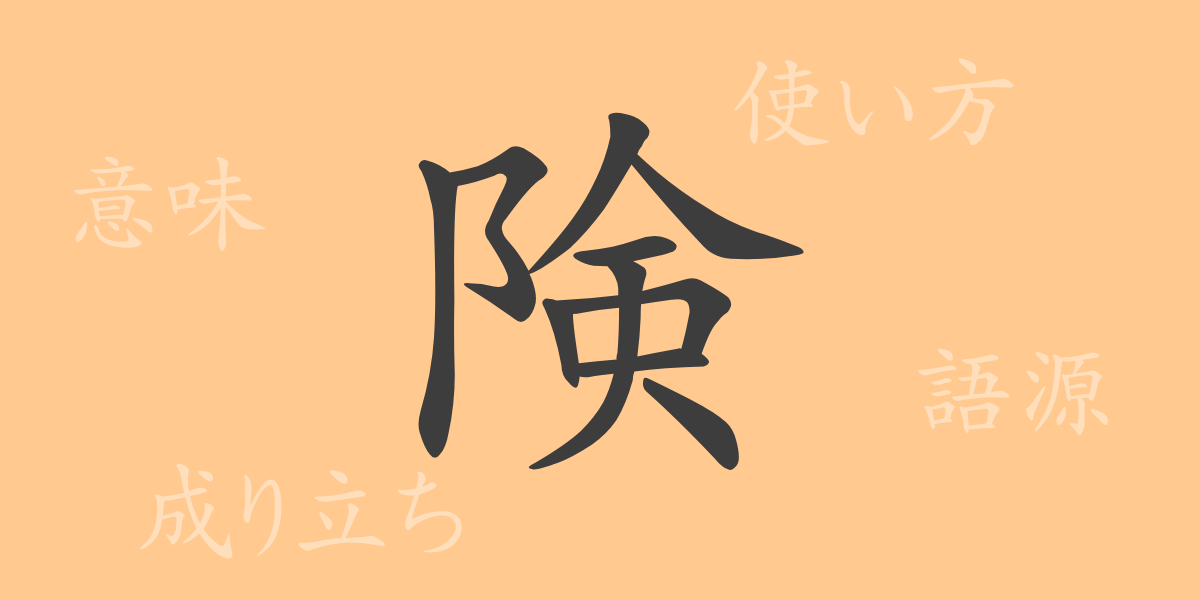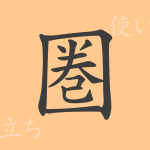Japanese language is rich in vocabulary that skillfully expresses emotions, landscapes, and situations. Among these, the common kanji “険” (けん, ken) is used in many words and appears in various aspects of our lives. This article delves into the origins, meanings, usage, readings, and idioms containing “険” to explore its charm.
Origins of 険
The kanji “険” (けん, ken) is composed of “阝” (こざとへん, kozato-hen), which represents steep and difficult-to-climb mountains, and “㐮” (けん, ken), which means hand. It symbolizes the act of using hands to overcome difficulties while climbing mountains. Initially, “険” was used to describe the harshness of natural environments, but it gradually came to be used in a figurative sense as well.
Meanings and Usage of 険
The kanji “険” (けん, ken) signifies facing difficult situations or indicating danger. For example, in expressions like “険しい道” (けわしいみち, kewashii michi – steep path) and “険悪な雰囲気” (けんあくなふんいき, ken’aku na fun’iki – hostile atmosphere), it describes not only physical situations but also tensions in human relationships. Figuratively, it is also used to describe the rigorous process of striving towards a goal.
Readings, Stroke Count, and Radical of 険
The kanji “険” (けん, ken) has common readings and basic information.
- Readings: On’yomi – けん (ken); Kun’yomi – けわ.しい (kewa.shii), けわ.まる (kewa.maru), けわ.める (kewa.meru)
- Stroke count: 11 strokes
- Radical: 阜 (おかへん, oka-hen) or 阝 (こざとへん, kozato-hen)
Idioms, Proverbs, and Phrases Using 険
There are many idioms, proverbs, and phrases in Japanese that include “険” (けん, ken). Here are some examples:
- 険しい顔 (けわしいかお, kewashii kao): An expression of anger or displeasure.
- 一触即発 (いっしょくそくはつ, isshoku sokuhatsu): A very dangerous situation that could explode at any moment.
- 危険を冒す (きけんをおかす, kiken o okasu): To take risks or face danger to do something.
- 険阻 (けんそ, kenso): Extremely steep or difficult paths, or something challenging.
These words reflect the richness of Japanese expressions.
Conclusion About 険
Each kanji has a history and meaning that extends from its formation to the present day. The kanji “険” (けん, ken) is no exception, representing a wide range of concepts from natural forms to human emotions. Understanding the background of such kanji is essential for appreciating the beauty of the Japanese language. By using the idioms and expressions introduced here in daily life, you can feel the depth of the language.

























